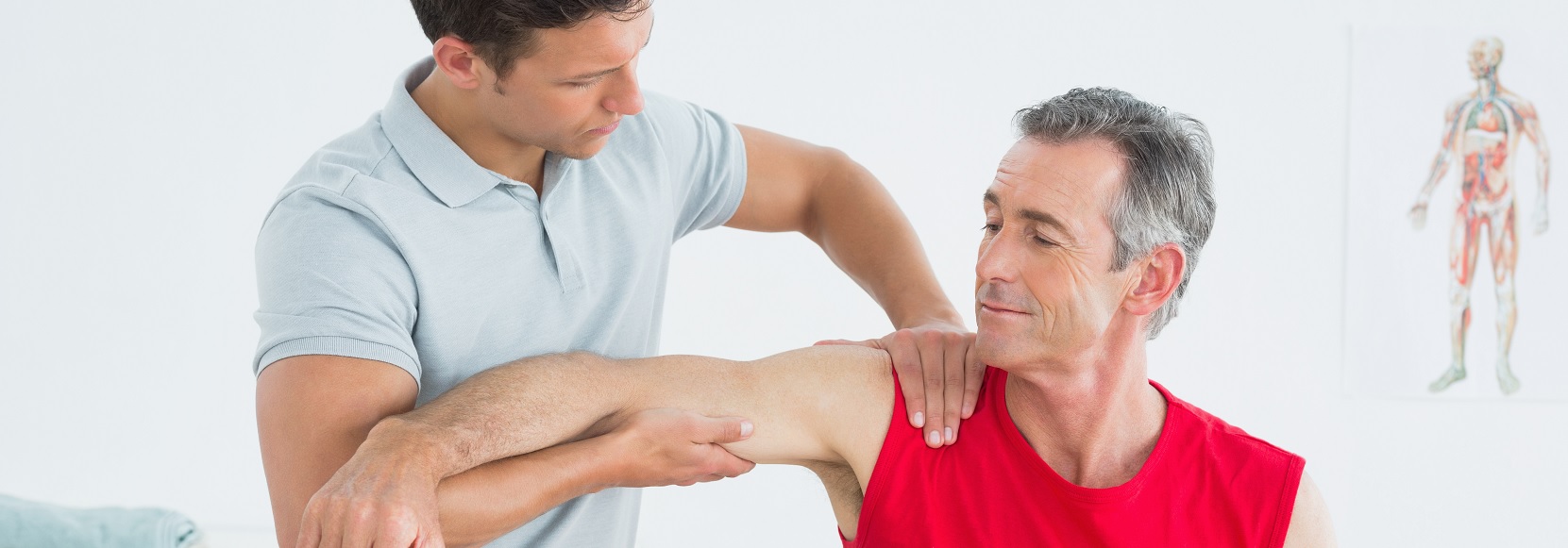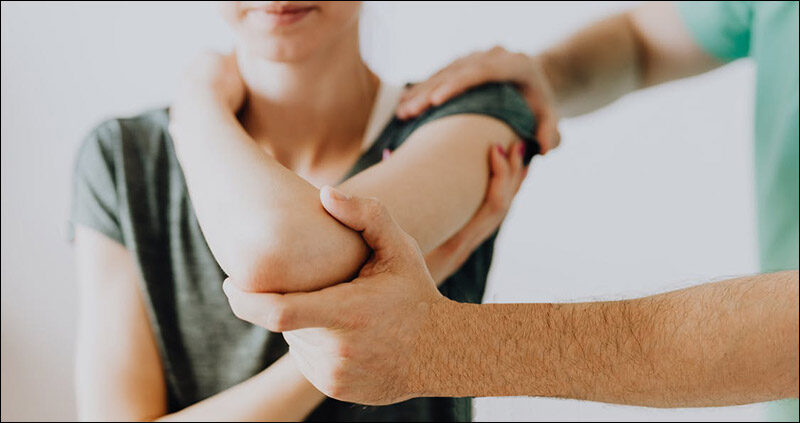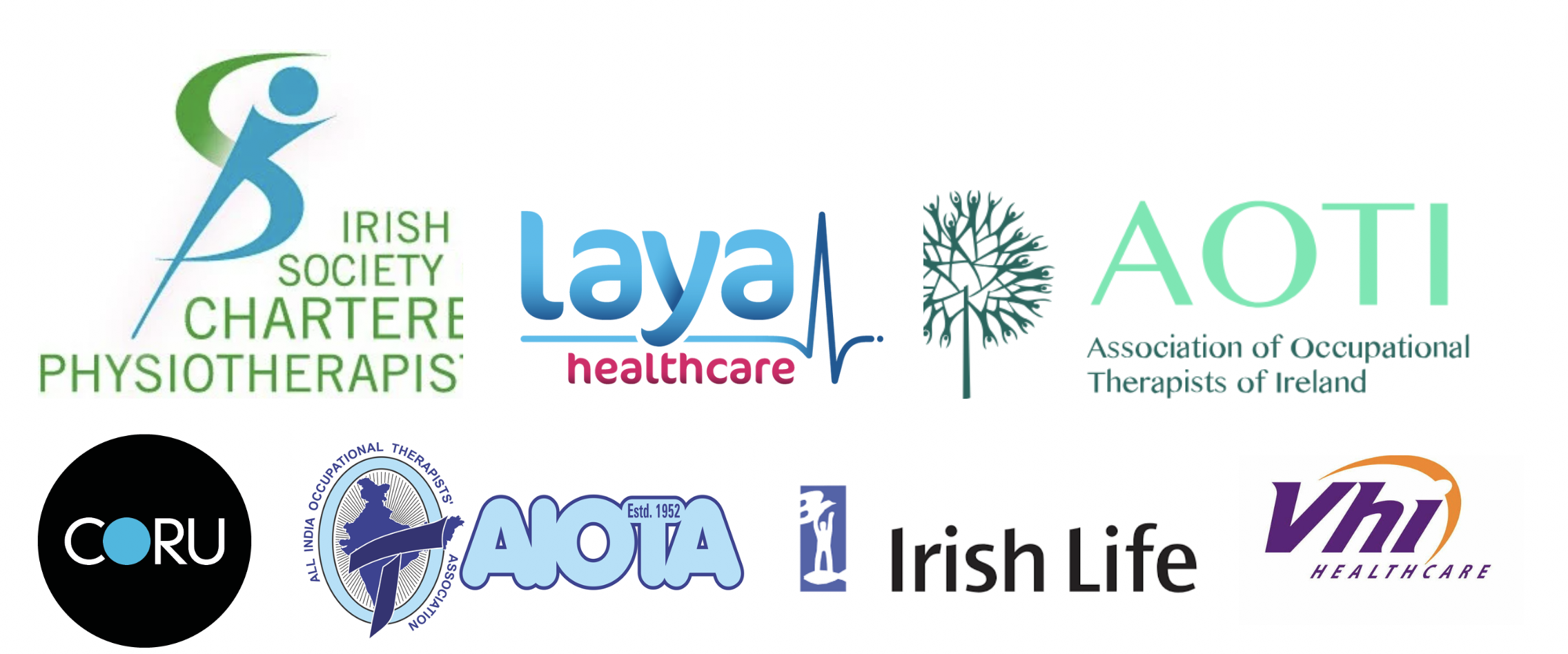

At Spot
What is postural control?
Postural control is the ability to maintain a stable body position whilst sitting or standing. Once this has been achieved, one or more of the limbs can • be moved to work independently without losing the initial balance/position. This requires the muscles in the body to work together to keep an upright position, and requires muscle and joint • strength.
A child who has proper postural control can maintain an upright seated position without feeling fatigue or losing balance. A child who has difficulty sitting with good posture will struggle to complete any activity that requires fine motor coordination.
What Causes Poor Posture?
Abnormal muscle tone
Core Weakness
Sensory-integrative disorders
Poor body awareness
What Does Poor Posture Look Like?
Difficulty laying on their stomach with elbows at a 90 degree angle
Instead of sitting upright at a desk or table, the child may lie and slouch all over the desk, supporting their weight on the arms and propping their head in their hands
Leaning/slouching against wall rather than sitting upright
Prefer to lie down on the floor instead of sitting upright in a chair
Poor gross motor skills
Clumsiness
Loses balance easily during motor tasks
Difficulty sitting still in a chair
Child fatigues easiliy or is disengaged in activities
Falling out of their chair
What the research is saying:
According to research, postural control and eye-hand coordination are linked functionally. A stable platform is required for manual control tasks, such as handwriting. Such skills are unable to develop without a stable upright posture in sitting and standing.
Poor postural stability can be seen early on during infancy and this can affect their ability to reach and grasp various objects effectively.
Importance of Postural Control:
A child who has poor postural control will have difficulty maintaining an upright posture while standing or seated at a table. This can lead to difficulties with complex gross motor skills e.g hopping , tandem standing . Also they have difficulty with fine motor tasks such as writing and crafts. Having good core stability will help develop a stable, supportive base for gross motor and fine motor movements.
Keep in mind the 90-90-90 rule. This means that when a child is seated at a desk we want to make sure that:
Their feet are flat on the floor 90 degrees at ankles
Knees are bent at 90 degrees
Hips at 90 degrees
